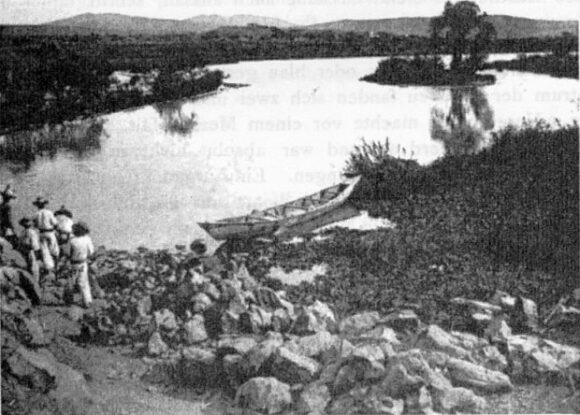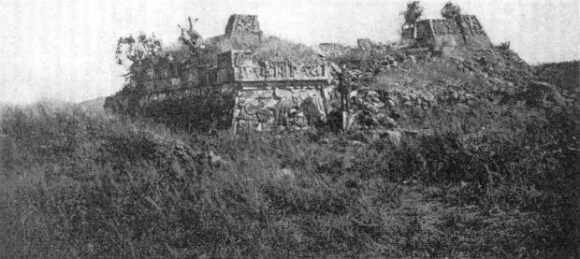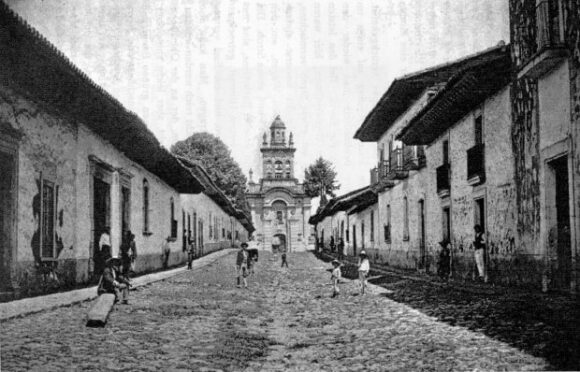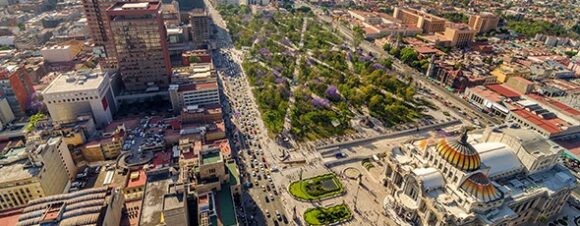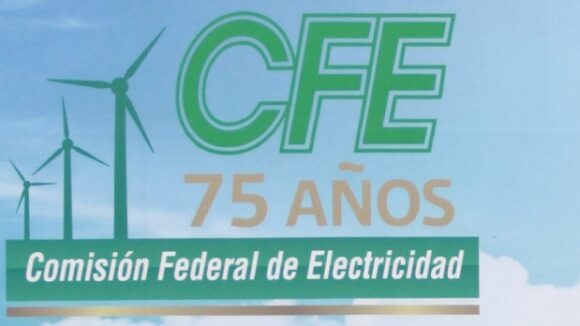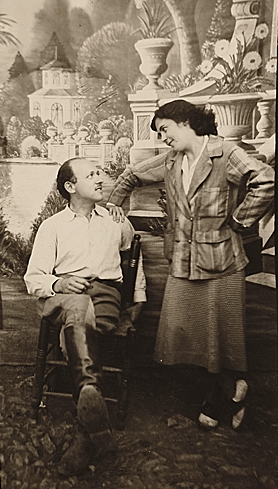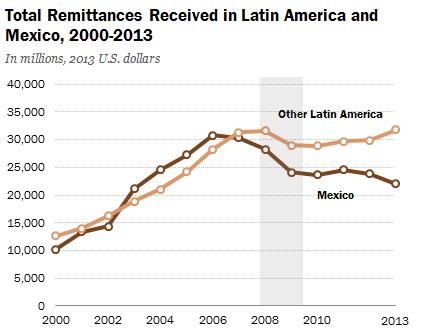The English language press has lavished dollops of praise on The Invention of Nature: The Adventures of Alexander von Humboldt, the Lost Hero of Science, the biography of Humboldt written by Andrea Wulf, a design historian at the Royal College of Art in London.
According to a review in the New Scientist, “Historian Andrea Wulf calls Humboldt the lost hero of science. It is extraordinary that a man once so revered is now largely forgotten.” This claim is gross exaggeration. It has limited validity in the English-speaking world and even less validity in the German-, French- and Spanish-speaking worlds.
There have been several previous English-language biographies of Humboldt, some better than others. The earliest that immediately comes to mind, and one of the best illustrated, is Douglas Botting’s Humboldt and the Cosmos (1973). More recent works include Humboldt’s Cosmos by Gerard Helferich (2004); The Humboldt Current (2006), by Aaron Sachs (2006); and The Passage to Cosmos, by Laura Dassow Walls (2011). Generations of geographers have grown up learning about Humboldt’s explorations and his revolutionary ideas.
There is no question that Humboldt’s life and work are worthy of numerous biographies. There is no question, either, that Wulf’s biography is an interesting read, and contains lots of valuable ideas. The author clearly went to great lengths to visit many of the important locales in Humboldt’s writing, and to read dozens of his books in their original German, and much of his voluminous correspondence, as well as examining Darwin’s copies of Humboldt’s works, etc., etc.
However, Wulf misses the mark in this biography in two main regards. First, too much of the book is taken up with accounts of the sometimes tenuous links between Humboldt and later thinkers about environmental and other matters.
The second concern, and the one that most concerns Geo-Mexico, is that Wulf completely ignores Humboldt’s time in Mexico, despite providing detailed accounts of his explorations elsewhere. It is arguably his year-long visit to Mexico that gave Humboldt not only the opportunity to collect yet more data and information, but also to reflect on the significance of his discoveries in South America.
Surely, Humboldt’s views about volcanoes, for example, were shaped by the opportunity he had in Mexico to study Jorullo, the volcano (in present-day Michoacán) that had erupted a few years previously? Equally, Humboldt’s observations in the “Mexican Andes” (Sierra Madre Occidental and Volcanic Axis) undoubtedly helped Humboldt arrive at the conclusion that vegetation zonation with altitude had general applicability and was not confined to South America. Furthermore, it was Humboldt who first remarked on the fact that Mexican volcanoes lie in an East-west belt (Volcanic Axis) and were not arranged parallel to the main mountain ranges, as in South America. (The alignment of the Volcanic Axis is still something of a geological puzzle, since it does not appear to fit the general model of plate tectonics).
The omission of Mexico and the large number of pages devoted to later thinkers detract from the quality of Wulf’s biography, making it an interesting and readable, but unbalanced, and ultimately unsatisfying, portrait of one of the world’s greatest ever thinkers.
For a definitive account of Humboldt’s time in Mexico, see, La Obra de Alexander Von Humboldt en Mexico, Fundamento de la Geografía Moderna. by Rayfred Lionel Stevens-Middleton (Instituto Panamericano de Geografía y Historia, 1956).
Related posts:

